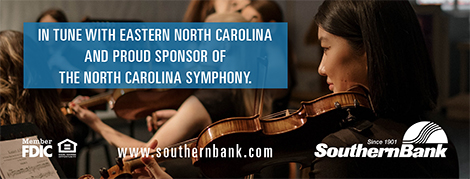Overture to Manfred, Op. 115
Robert Schumann (1810-1856)
THE STORY
Few today could fathom that Manfred might become a bestseller—yet such was the success of Lord Byron’s three-act closet play, published in 1817. English audiences greedily devoured the dramatic poem wherein the title character is tormented with guilt over an unpardonable sin. To relieve himself of despair, Manfred incants seven spirits, though they are unable to grant forgetfulness over his sin. His attempts at suicide are equally thwarted when a chamois hunter beckons him away from jagged alpine cliffs. In the final act, he refuses an abbot’s proffer of redemption and salvation through forgiveness. This rebellious assertion of self-will characterizes the Byronic hero.
Barely 30 years old, Lord Byron had created a sensation among London society for his dramatic verses, a reputation rivaled only by his scandalous personal life. Yet rumors of incest with his half-sister Augusta (among other scandals) swiftly brought him to self-exile in Switzerland. Considering the snowy alpine setting of Manfred, it is not improbable that the play was autobiographical, if not confessional.
Throughout the 19th century, Byron’s Gothic play proved an alluring subject for the artistic imagination. The mysterious setting (Mary Shelley published Frankenstein the year after), and a mortal subject engulfed by the subliminal vastness of nature, embodied characteristics of 19th-century Romanticism.
For Schumann, the pianist-composer’s literary idols (Shakespeare, Goethe, Hoffmann, Byron, and others) had inspired many youthful keyboard works—yet orchestrating a poetic drama came late in his career. In the overture, one hears Manfred’s obsessive and depressive guilt. The brass pound away tragically at the fateful burden of his sin, while each reiteration of the strings’ theme resounds with greater intensity. Although Schumann set the entire play to music, it is the compelling overture that is among the composer’s most frequently performed works in the orchestral repertoire.
LISTEN FOR
- The emphatic chords that introduce Manfred’s turbulent frame of mind
- Drawn-out melodies (initially marked ”adagio”) that accelerate and return throughout the overture
- The strings’ tremolo (marked “con passione”) capturing the frenetic despair of Byron’s tragic protagonist
- Pensive woodwinds delicately embroidered by strings, hinting at encounters with the kind chamois hunter and abbot who point Manfred towards hope
INSTRUMENTATION
Two flutes, two oboes, two clarinets, two bassoons, four horns, three trumpets, three trombones, timpani, strings

